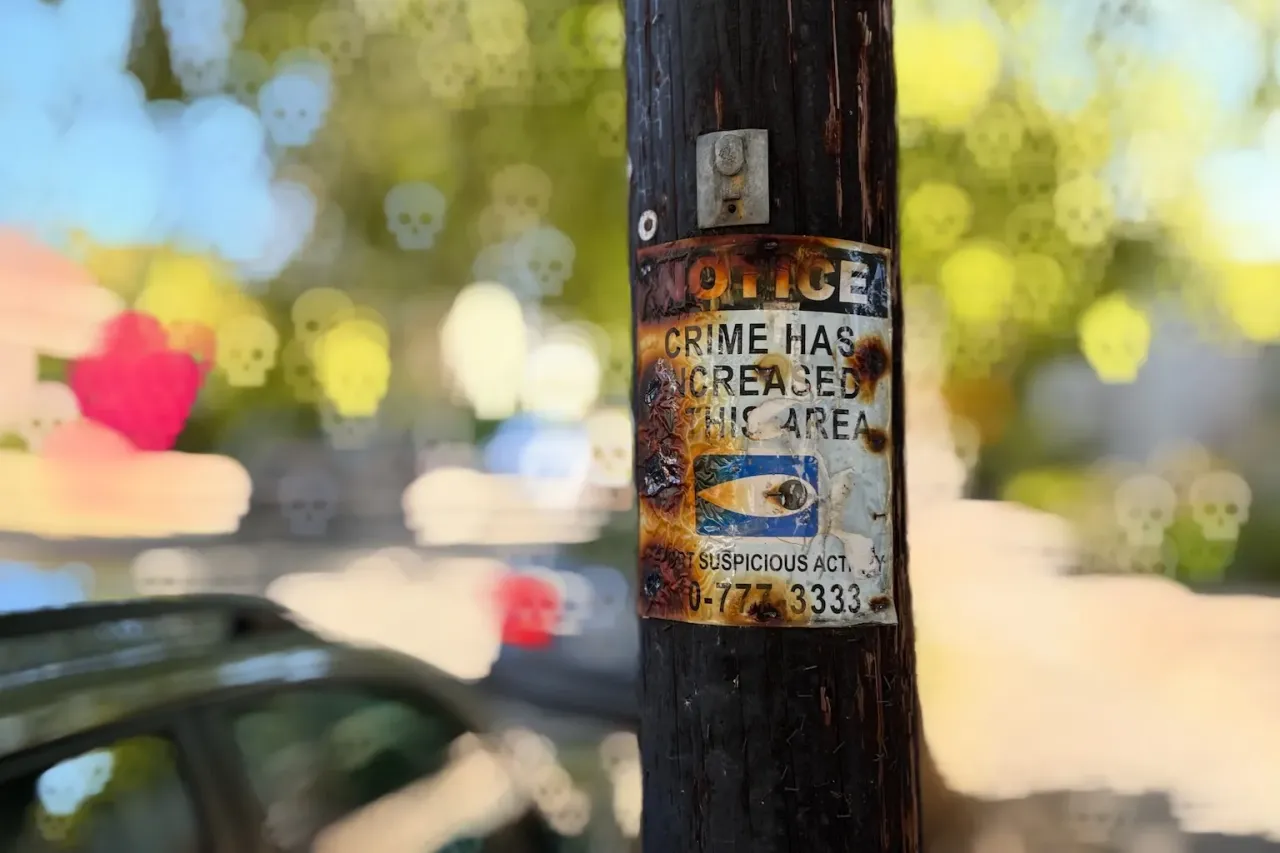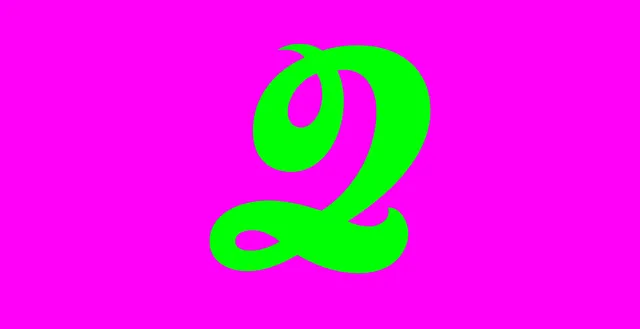Paranoia
Because I have an interest in all things paranoid, as well as poetry and photography, I had to have this book. Printed in 1963 in Brazil and very rare, I managed to get a copy. As a photobook, it didn’t disappoint.

I learned about the book Paranoia by Roberto Piva and Wesley Duke Lee from The Photobook: A History Volume III by Martin Parr and Gerry Badger. If you’re interested in photobooks, this three-volume set is a kind of bible, or holy grail, or both. These volumes are expensive and out of print, but I treated myself to a used copy of Volume III as an xmas present to myself.
When I was a kid, my siblings and I had an xmas ritual where we would leaf through the Sears Toy Catalog, page by page, and claim one item from each page for ourselves. “I want this!” we’d shout while mashing a finger on said item. We were only allowed one item per spread, but there were a lot of spreads. Greedy little consumers in training, who had the savvy to know where those presents really came from.
Reading The Photobook III feels very much like that. It’s truly an incredible book, but I’m here to write about another present I gave myself. One of the books I mashed my finger on in this photobook catalog is Paranoia, a collaboration between a poet, Roberto Piva, and a photographer, Wesley Duke Lee. I hadn’t heard of either, but their description of the book grabbed me,
“The poetry is deliberately transgressive, frequently scabrous, and sometimes blasphemous. … Paranoia taps into a general postwar zeitgeist, the poetry a description of a nightmarish, almost hallucinatory metropolitan world, and the photography highly elliptical, a stream of consciousness impression.”
Martin Parr, Gerry Badger
Because I have an interest in all things paranoid, as well as poetry and photography, I had to have this book. Printed in 1963 in Brazil and very rare, I managed to get a copy. As a photobook, it didn’t disappoint. The photography by Wesley Due Lee is wonderfully gritty, urban, and mysterious. But, written in Portuguese, I was unable to read the poetry. It doesn’t seem to have been translated into English. Until now. Because I’ve done it.
Portuguese was one of the languages spoken on Cape Cod when I lived there. I didn’t speak it then, and I don’t speak it now. Nor can I read it. But because I had to know these poems, I turned to the Google Translate app on my phone. If you haven’t used this, it’s amazing. The rare kind of exciting technology the future actually delivered. I first used it in Italy to translate menus and signs.
The tech is incredible, but the interface, naturally, is clunky. The translation is live, so all you have to do is point your phone’s camera at whatever text you want to read, and it is immediately translated on the screen. To save the translation, you have to click a shutter button and snap a picture. This is fine, but the only way to save the image is to take a screen capture of the image in the app. So, a brilliant app, with limited practical usage, beyond ordering food or following signs.
Believe me, I know that translating text between languages is a highly skilled endeavor that requires fluency in whatever languages you’re working with. I know that using an app to translate poetry is a very, very bad idea. I have no doubt that any poet would be horrified to see their work treated this way. Thankfully, Roberto Piva, who died in 2010, will be spared the indignity.
Some of my writing is weird, to say the least. I love experimental writing, surrealism, and the avant-garde. I also love visual poetry. Next to The Photobook Vol III on the shelf is The Art of Typewriting by Marvin and Ruth Sackner, another encyclopedic volume, this one about making art on paper using only a typewriter.
Besides being the only way I could read even approximations of Pivo’s poems, I have decided that the images of the machine translations of Pivo’s poetry are works of art in themselves. I’m also a fan of Theatre of the Absurd, and these translations are almost certainly absurd.
See for yourself:


Obviously, I can’t know how close to the original poems these translations are. I can’t honestly say I have read or understood Pivo’s poetry based on these, but I love them immensely. They are dense with vivid imagery, even cinematic.
The quoted description above from The Photobook is perfectly realized. The crude “cut and paste” look of the lines on the screen remind of Burroughs, who was a contemporary of Pivo and Lee. There’s a haphazard feel to the scenery and the characters. The mood flits between cacophonous, sensual, nightmarish, and sublime. Every single image/page contains sentences and phrases that could stand as successful micro-poetry.
“minds were dreaming hanging from phosphorous skeletons”
“my hallucinations hung outside my soul protected by boxes of plastic”
“the teachers are faeces machines conquered by Time”
“in exile where I suffer anguish the walls invade my memory”
“there’s a forest of green snakes in my friend’s eyes”
“Leguminous plants moaned against the wind”
“I am naked solitude tied to a pole”
These are poems that I want to keep coming back to.
So, I have translated the entire book and am making it available as a free PDF. The original Paranoia is 152 pages with more photos than poems, but my version consists only of the poems. Is what I’ve done legal? I have no idea. Maybe not. But there’s no prior translation of the book into English. I’m not claiming authorship of these translations. I’m presenting them as hybrid works of poetry and visual art. It feels fine to me.
Postscript
I didn’t feel comfortable including the photographs since those would only be reproductions of the originals and not derivative in any way. However, I plan to release another version of this pdf book with “fauxtographs.” I’m in the process of using an AI text-to-image generator to create vintage-style black-and-white photos based on written descriptions of Lee’s originals. Here are a couple of examples:
Generating AI images like this is a whole other topic that I may write about. AI art is crude and fascinating.






